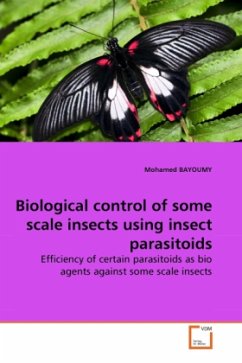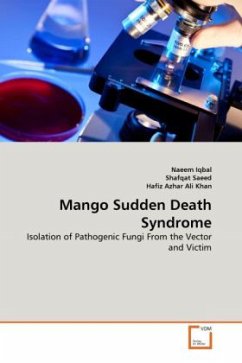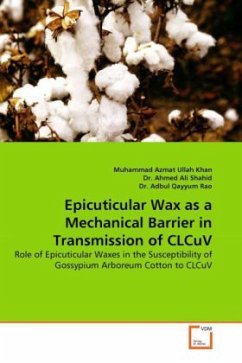
Melanotransferrin
Examination of the functional role of melanoma tumour antigen p97
Versandkostenfrei!
Versandfertig in 6-10 Tagen
52,99 €
inkl. MwSt.

PAYBACK Punkte
26 °P sammeln!
Melanotransferrin (melanoma tumour antigen p97) is aniron-binding transferrin homologue expressed at highlevels on melanoma tumours and at lower levels on normaltissues. Unlike its relatives, transferrin and lactoferrin,melanotransferrin is membrane-bound. These properties suggest thatmelanotransferrin may assist melanoma and other tumour cell types withtheir increased requirement for iron. To address thishypothesis we utilised models including: (i) the melanotransferrinknockout mouse, and (ii) systematic down-regulation of melanotransferrin in melanoma cells using siRNA.Rigorous phenotypiccha...
Melanotransferrin (melanoma tumour antigen p97) is an
iron-
binding transferrin homologue expressed at high
levels on
melanoma tumours and at lower levels on normal
tissues. Unlike its
relatives, transferrin and lactoferrin,
melanotransferrin is
membrane-bound. These properties suggest that
melanotransferrin
may assist melanoma and other tumour cell types with
their increased requirement for iron. To address this
hypothesis we
utilised models including: (i) the melanotransferrin
knockout mouse, and (ii) systematic down-regulation of
melanotransferrin in melanoma cells using siRNA.
Rigorous
phenotypic
characterisation of this knockout mouse demonstrated no
differences in iron metabolism, behaviour or other
physiological parameters compared to wild-type
controls. In
melanoma cells, melanotransferrin was found to
facilitate
proliferation and
migration, and also to enhance tumourigenesis in nude
mice.
Moreover, whole genome array analysis of these models
in addition
to cell models of melanotransferrin over-expression
indicated
differences in genes associated with growth.
iron-
binding transferrin homologue expressed at high
levels on
melanoma tumours and at lower levels on normal
tissues. Unlike its
relatives, transferrin and lactoferrin,
melanotransferrin is
membrane-bound. These properties suggest that
melanotransferrin
may assist melanoma and other tumour cell types with
their increased requirement for iron. To address this
hypothesis we
utilised models including: (i) the melanotransferrin
knockout mouse, and (ii) systematic down-regulation of
melanotransferrin in melanoma cells using siRNA.
Rigorous
phenotypic
characterisation of this knockout mouse demonstrated no
differences in iron metabolism, behaviour or other
physiological parameters compared to wild-type
controls. In
melanoma cells, melanotransferrin was found to
facilitate
proliferation and
migration, and also to enhance tumourigenesis in nude
mice.
Moreover, whole genome array analysis of these models
in addition
to cell models of melanotransferrin over-expression
indicated
differences in genes associated with growth.












